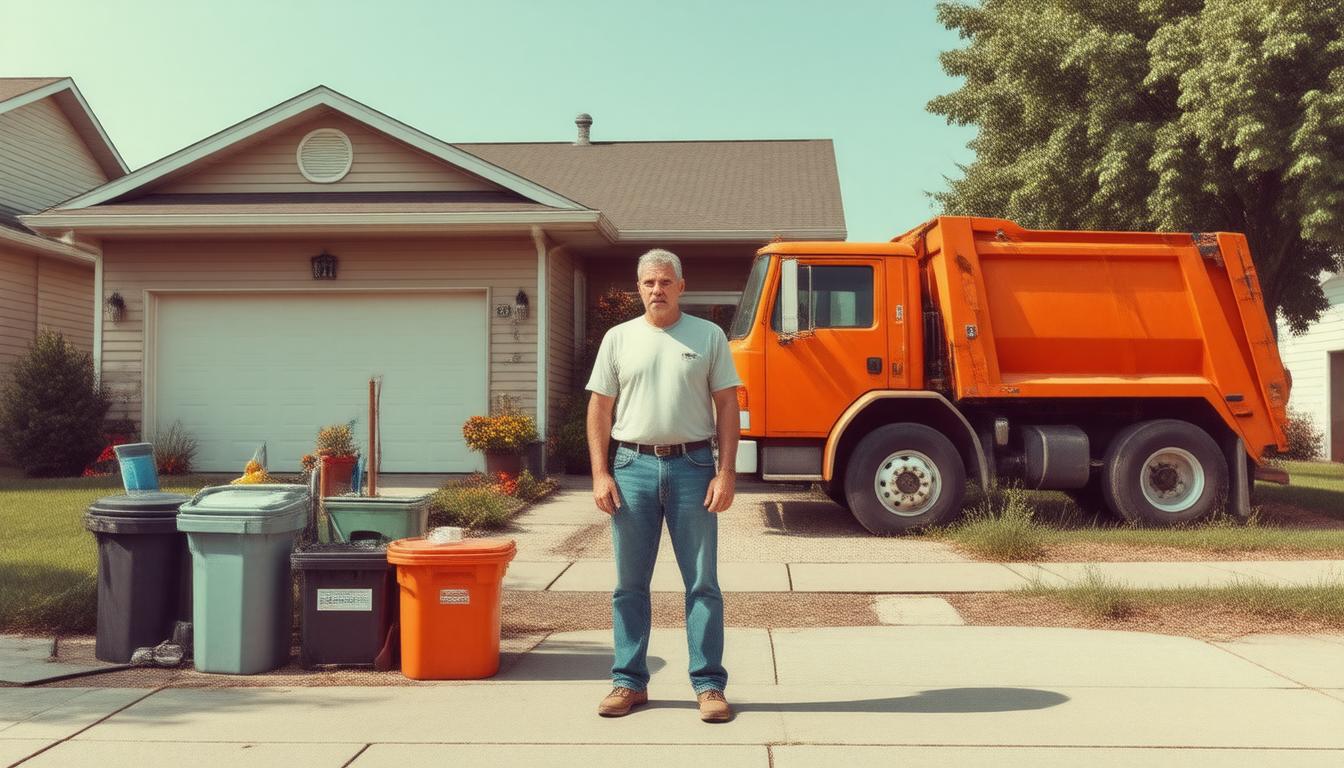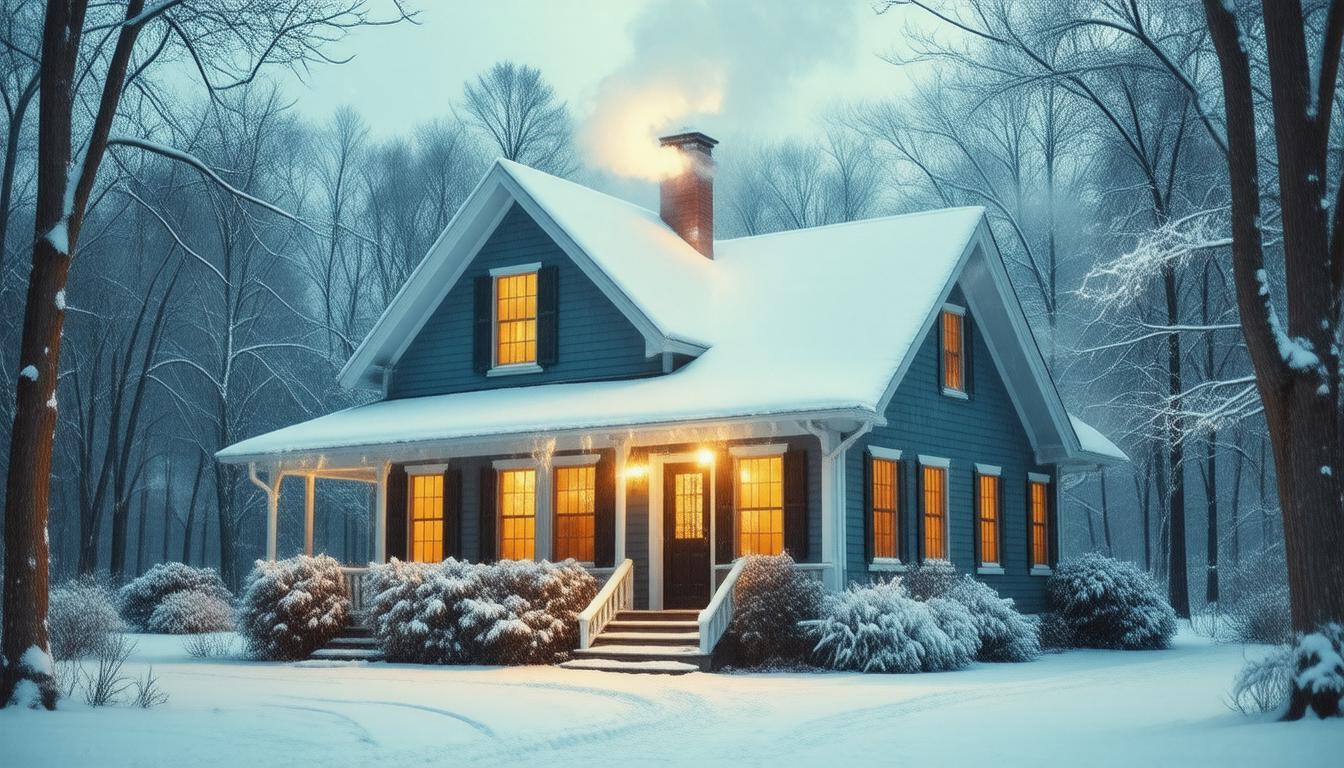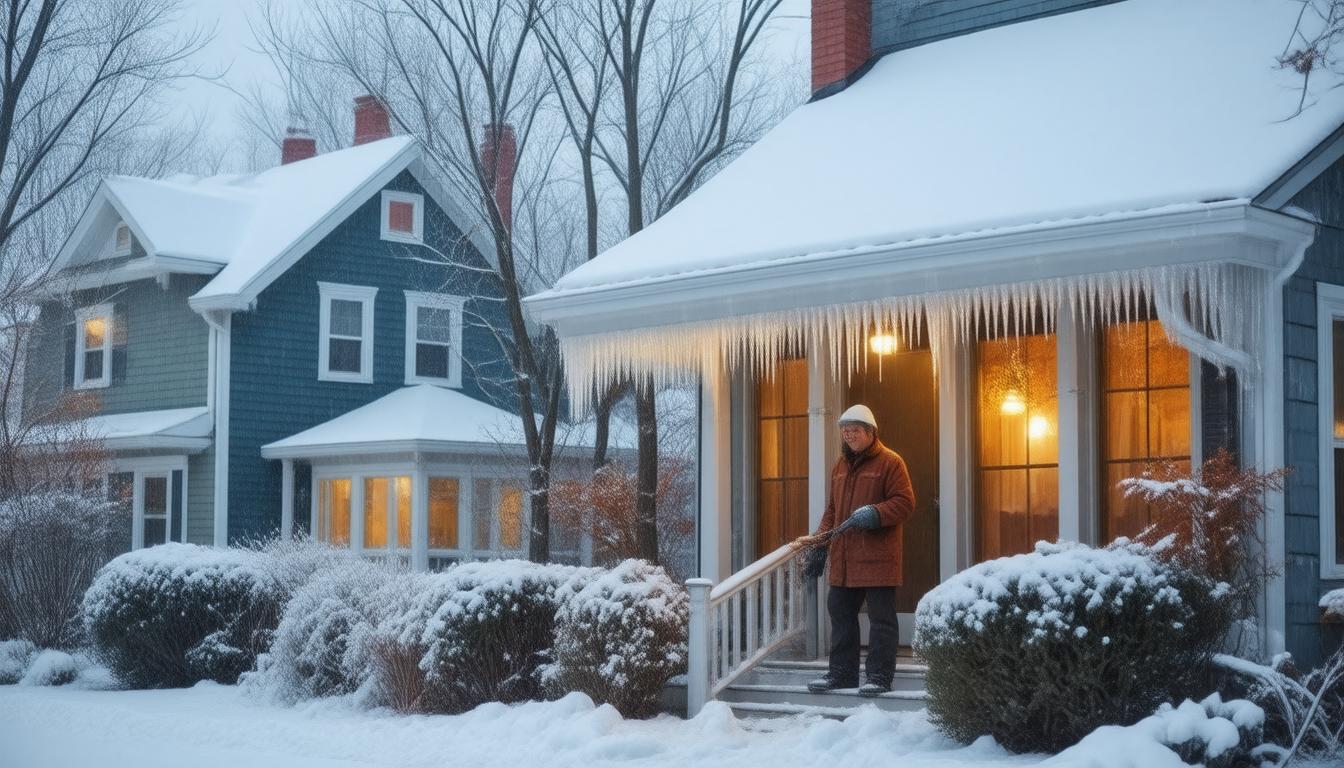
Owning a historic home comes with its unique set of responsibilities and maintenance requirements, especially when it comes to plumbing. Sewer lines in older properties may not only be out of date but could also be on the verge of failing due to deterioration over time. Performing regular sewer inspections is crucial for maintaining the integrity of these charming properties and avoiding costly repairs down the line. Understanding which factors to consider during an inspection can help ensure that your historic home remains in top shape.
Common Issues with Historic Home Sewer SystemsHistoric homes often come with exclusive sets of issues, including:
[list]
[*]Antiquated materials like clay, cast iron, or Orangeburg pipe, which are more susceptible to cracking, tree root intrusion, and corrosion.
[*]Older sewer layouts that may not conform to modern standards or have sufficient capacity for today’s usage.
[*]Previous repairs that may have incorporated a mixture of different materials, potentially causing weak points.
[/list]
Consistent checks can help uncover these issues before they escalate into larger problems.
Pre-Inspection ChecklistBefore you jump into a sewer inspection, ensure you have:
[list]
[*]A map or understanding of where the sewer lines are located. Historic homes may have undocumented modifications.
[*]Knowledge of the home’s history regarding previous plumbing issues or repairs.
[*]Consultation with a professional who has experience with older sewer systems.
[*]Consent for inspection if the sewer system extends beyond your property line.
[/list]
Being well-prepared can save time and prevent any oversight during the inspection process.
Choosing the Right Inspection Method for Your HomeVarious methods are available for inspecting sewer lines, but for historic homes, some might be more suitable than others:
[list]
[*]Visual Inspections: These can reveal surface issues but are often not thorough enough for old sewer systems.
[*]Drain Cameras: A non-invasive technique that involves sending a camera down the sewer lines to pinpoint problems.
[*]Hydrostatic Pressure Tests: Useful to check for leaks in the sewer system that might not be visible. However, this method can be invasive and may not be recommended for fragile systems.
[*]Smoke Testing: Smoke is pumped into the sewer lines to reveal cracks and leaks. This method is also non-invasive.
[/list]
Each of these methods comes with its pros and cons, and often, a combination of approaches yields the best results.
Addressing Tree Root IntrusionsTree roots seeking moisture can intrude and damage sewer lines, a common issue in historic homes surrounded by expansive, old trees. Regular inspections can catch these intrusions early on. If roots are already a problem, methods such as hydro-jetting, mechanical cutting, or even chemical treatments can be used to address them. Ongoing maintenance, including root inhibitors, can help prevent future intrusions.
Maintaining and Repairing Sewer Lines ResponsiblyIf an inspection does reveal issues, it’s important to address them in a way that preserves the character of the historic home while ensuring modern functionality. Trenchless repair methods can fix pipes without disturbing the home’s grounds or structure. For replacements, using materials compatible with the existing plumbing, while meeting current standards, is critical.
Always work with a professional who understands the sensitivity required for working on historical properties and choose repair options that will protect the home’s integrity for years to come.
Planning for Future Sewer InspectionsOnce your inspection and any necessary repairs are complete, set up a schedule for regular inspections. Maintenance plans tailored to historic homes can prevent emergencies and help manage costs over time. Recording the findings of each inspection provides a valuable log that can assist in future maintenance and repair efforts.
Regular sewer inspection is not just a maintenance activity—it’s a critical investment in the longevity and preservation of your historic home. By adhering to these tips, homeowners can ensure that the heritage of their property is not undermined by plumbing failures.







